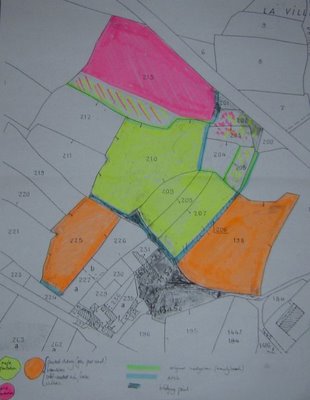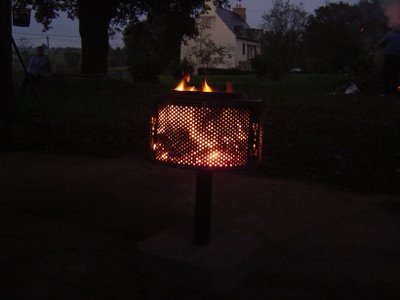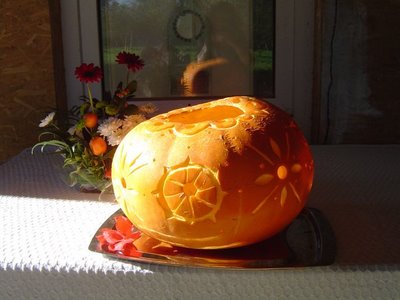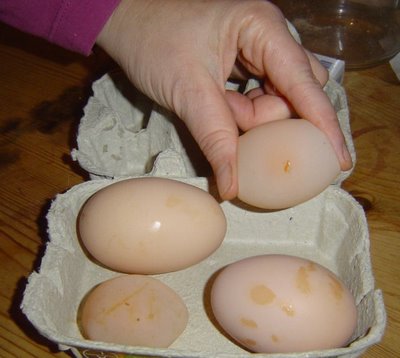
Although we’ve been here since the end of April and have been busy ever since, and I’ve been telling you all about it under the title of permaculture in brittany I’m not sure that I could honestly say that we’ve doing permaculture. On their own, growing vegetables and raising chickens is not permaculture until you bring them together under some overall design. The first part of the process in creating that design is to do a base map, to scale, showing the current layout of the site (see my blogs of October 27th and November 12th). As ever, we’re using Patrick Whitefield’s The Earth Care Manual: A Permaculture Handbook for Britain & Other Temperate Climates as our guide. (see Chapter 13, especially).
To be honest, we’ve been putting it all off because it seems so difficult and complicated. There are many obstacles to getting started and the textbook examples often shown in the pages of Permaculture Magazine are, for me at least, one of them. We’ve overcome our inhibitions and found that it isn’t half as difficult as we first thought and, once started, these things helpfully seem to take on a momentum of their own. Patrick suggests a listening and not doing stage of base map, site survey and questionnaire to be completed before moving onto the designing, decision-making and doing: evaluation, design proposals and re-evaluation.
Impatient, as always, we’ve managed to role the whole thing into one and have started and are continuing the first stage, whilst already making some decisions and getting on with some of the work. It may not be the “right way” or the best way but it’s our way and at last we can now claim to be permaculturing! The gite garden will be designed as an example of small scale permaculture, whilst also being part of the whole design, which also includes our woods, even though they are at a different site. I’ll explain the process, as it happens, over the next few blogs.





